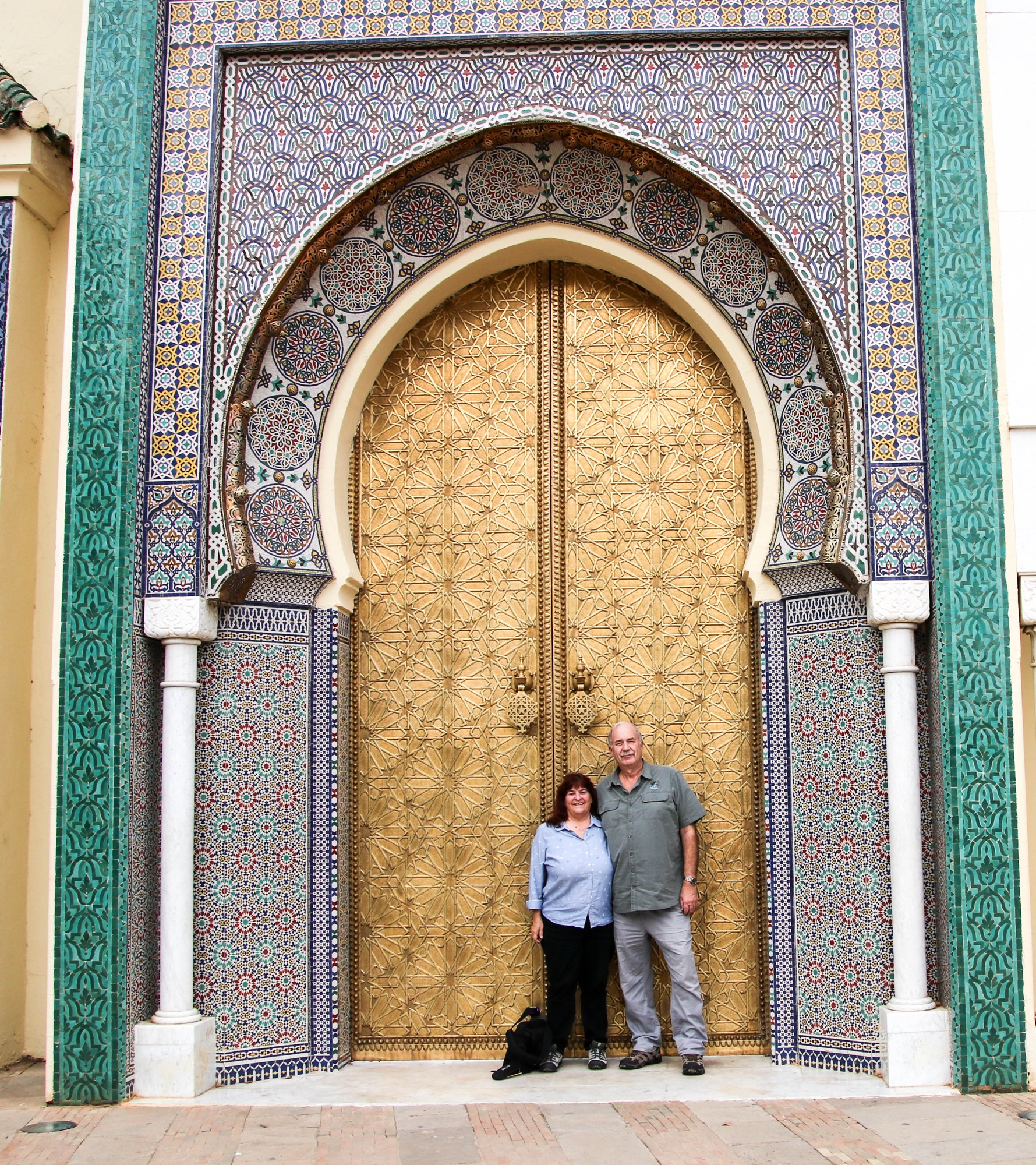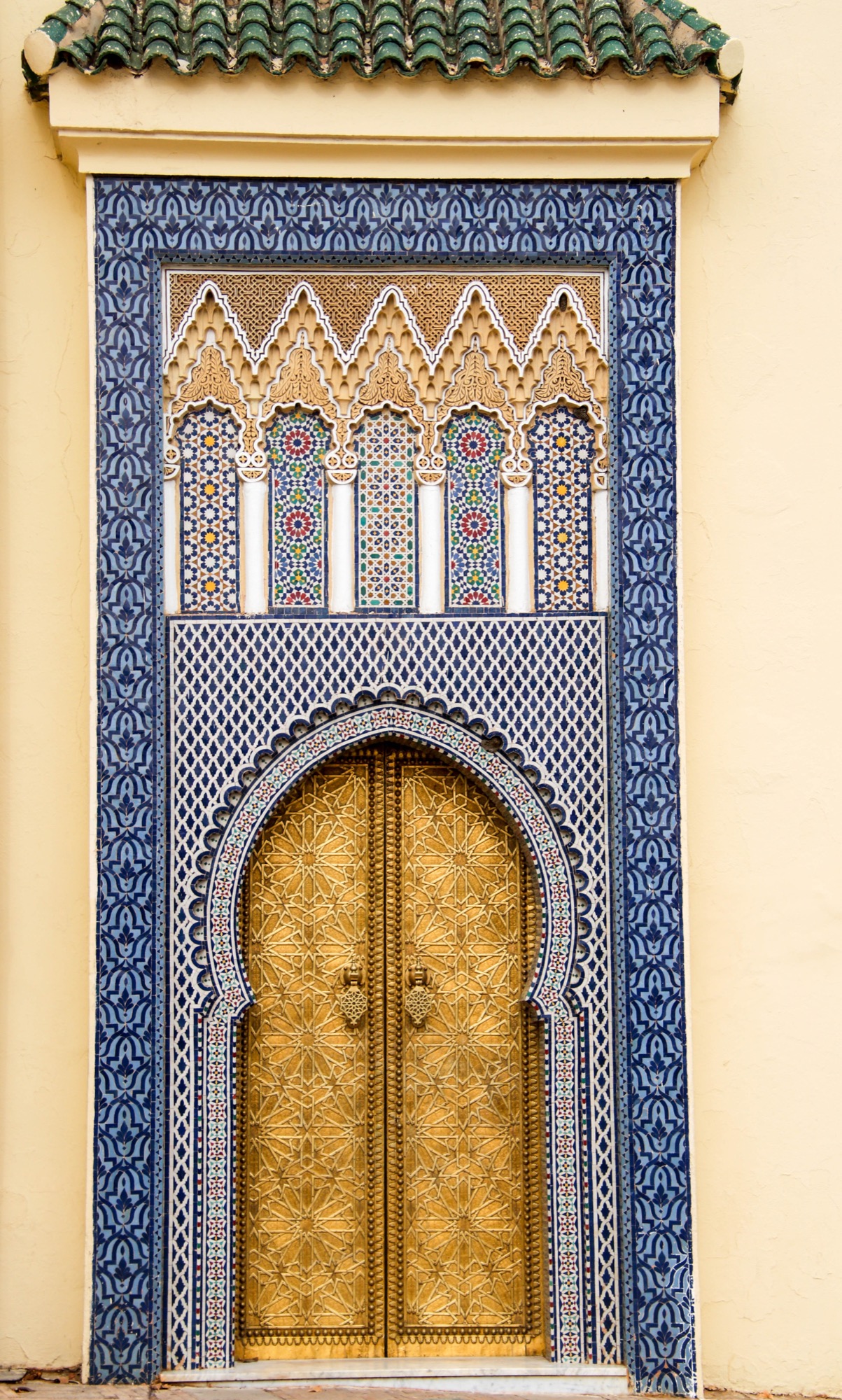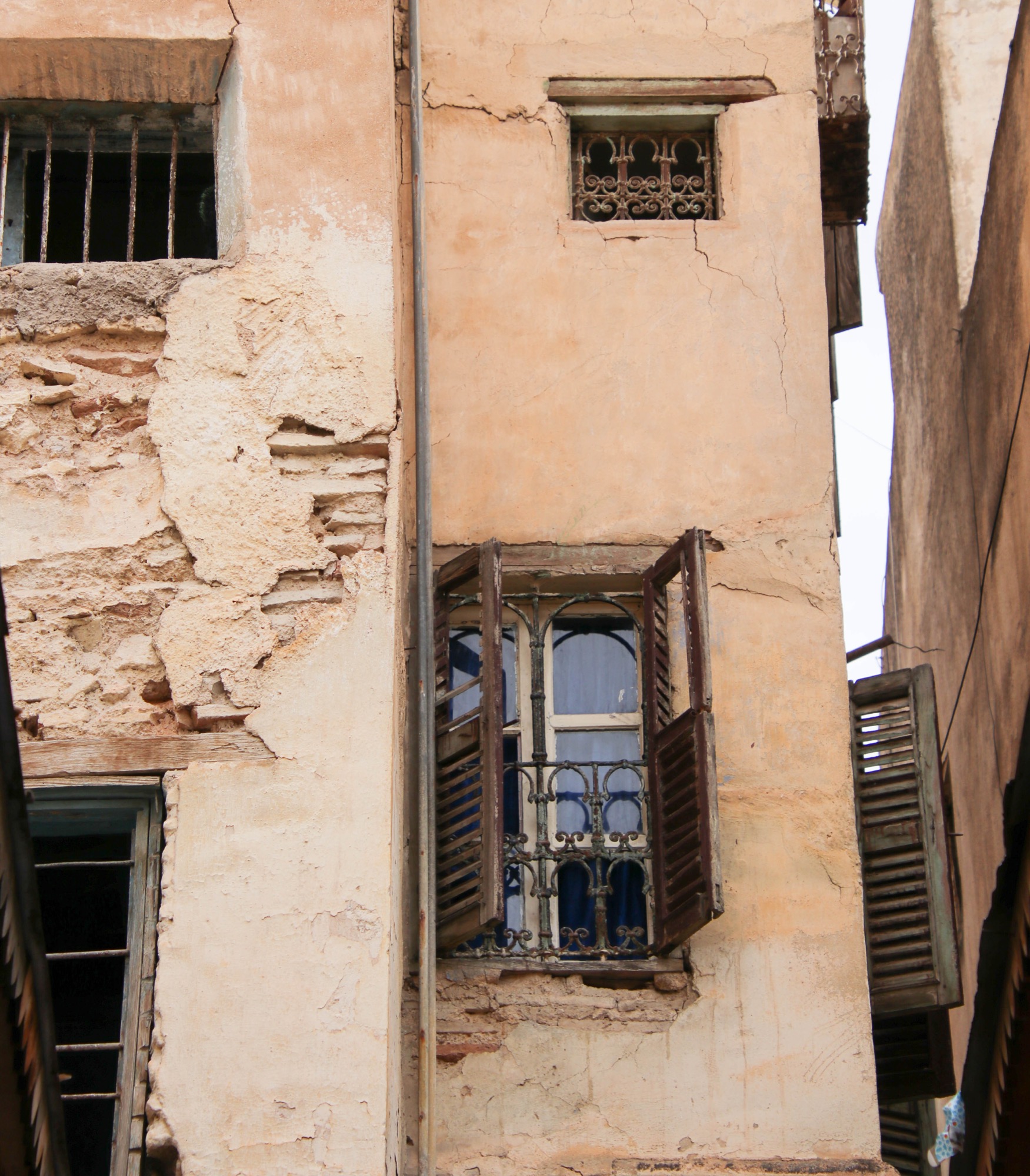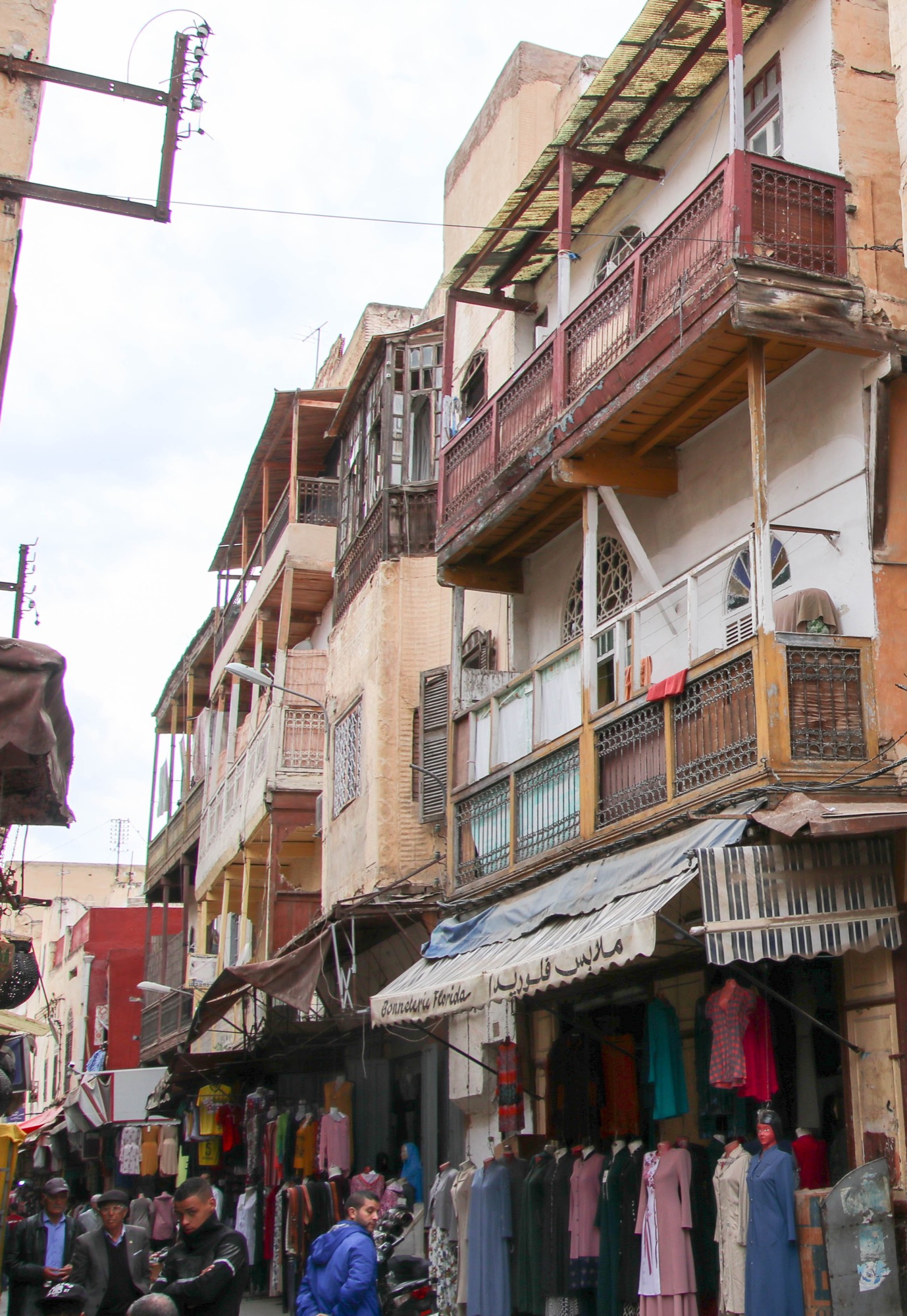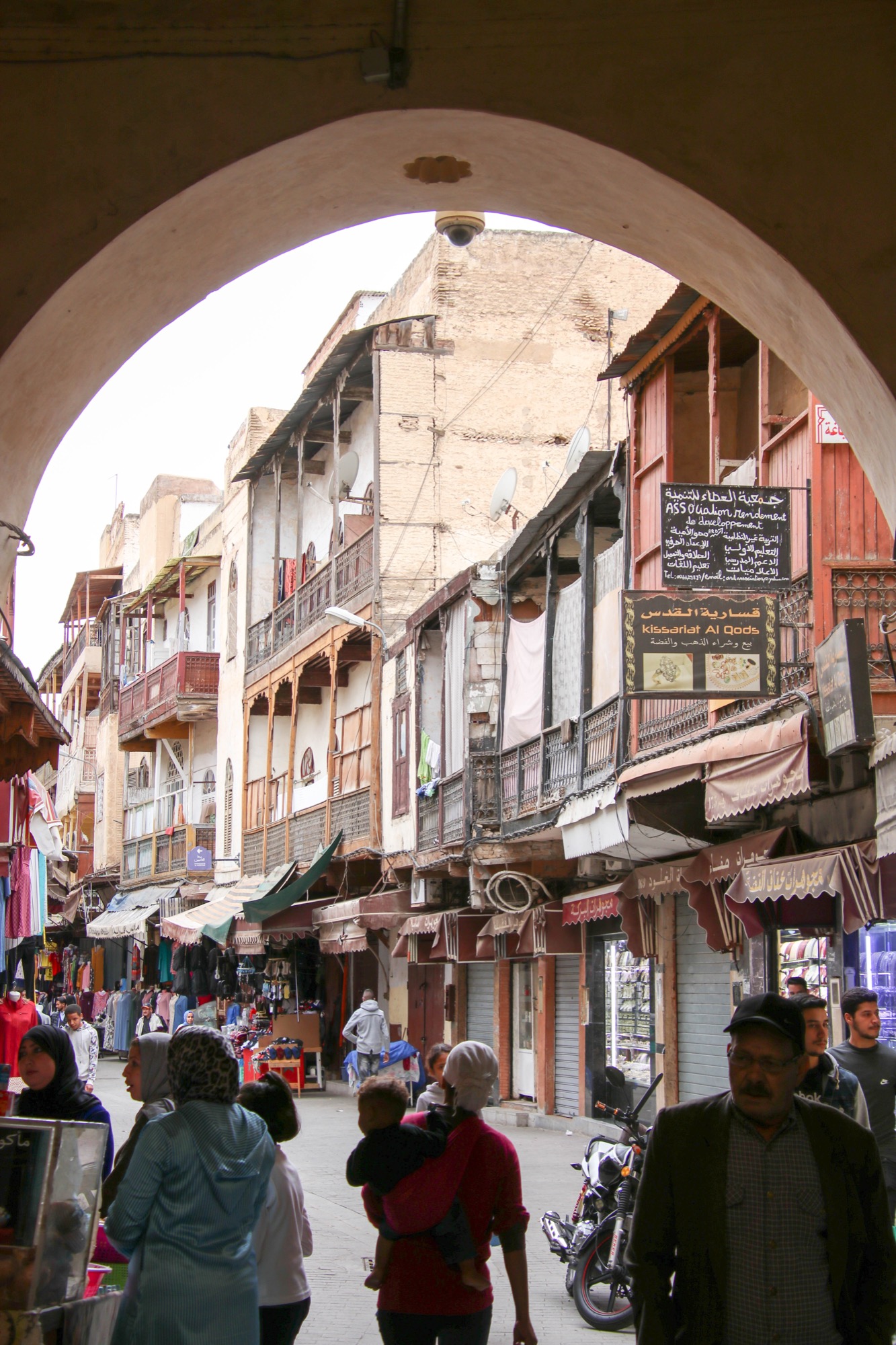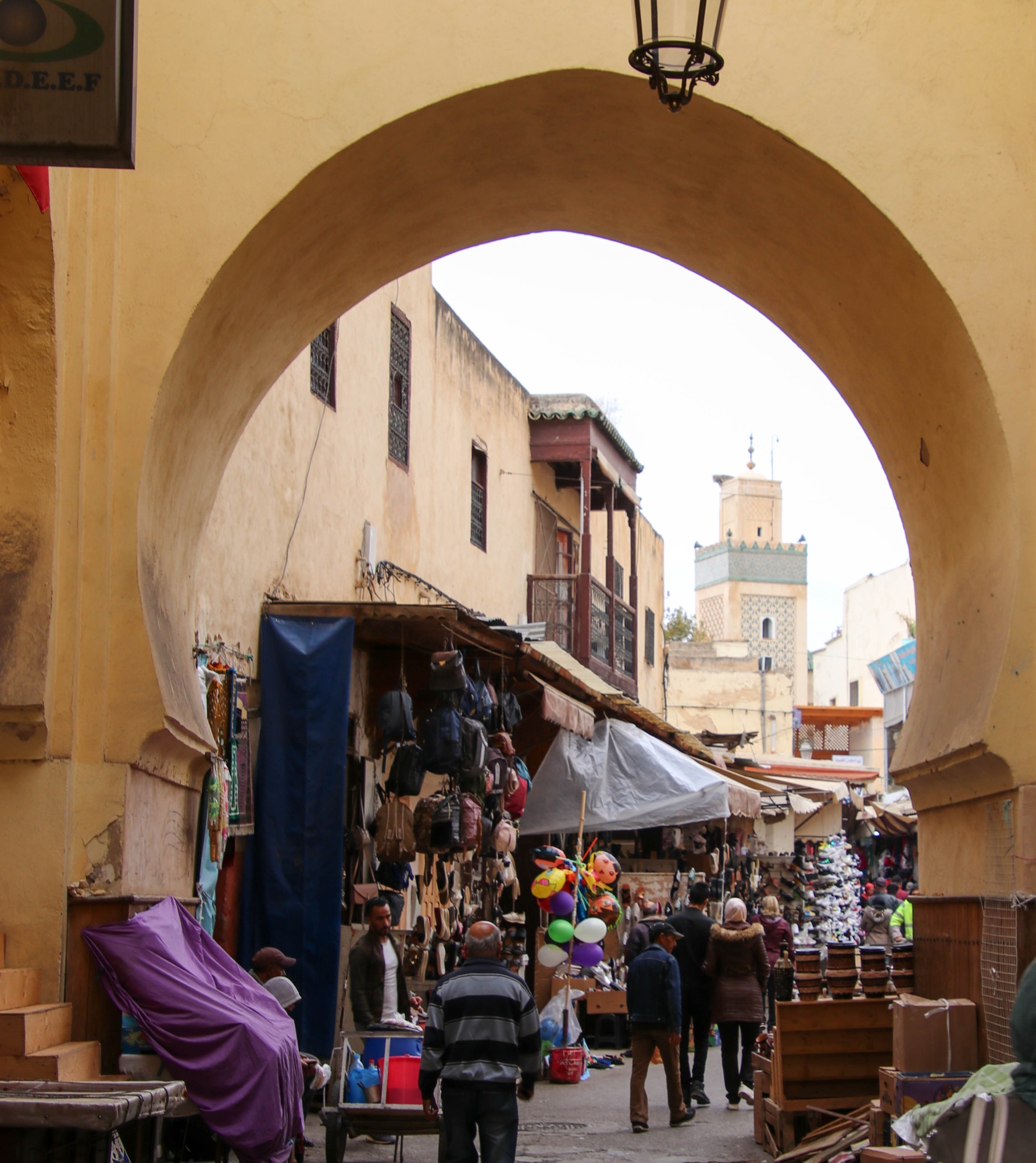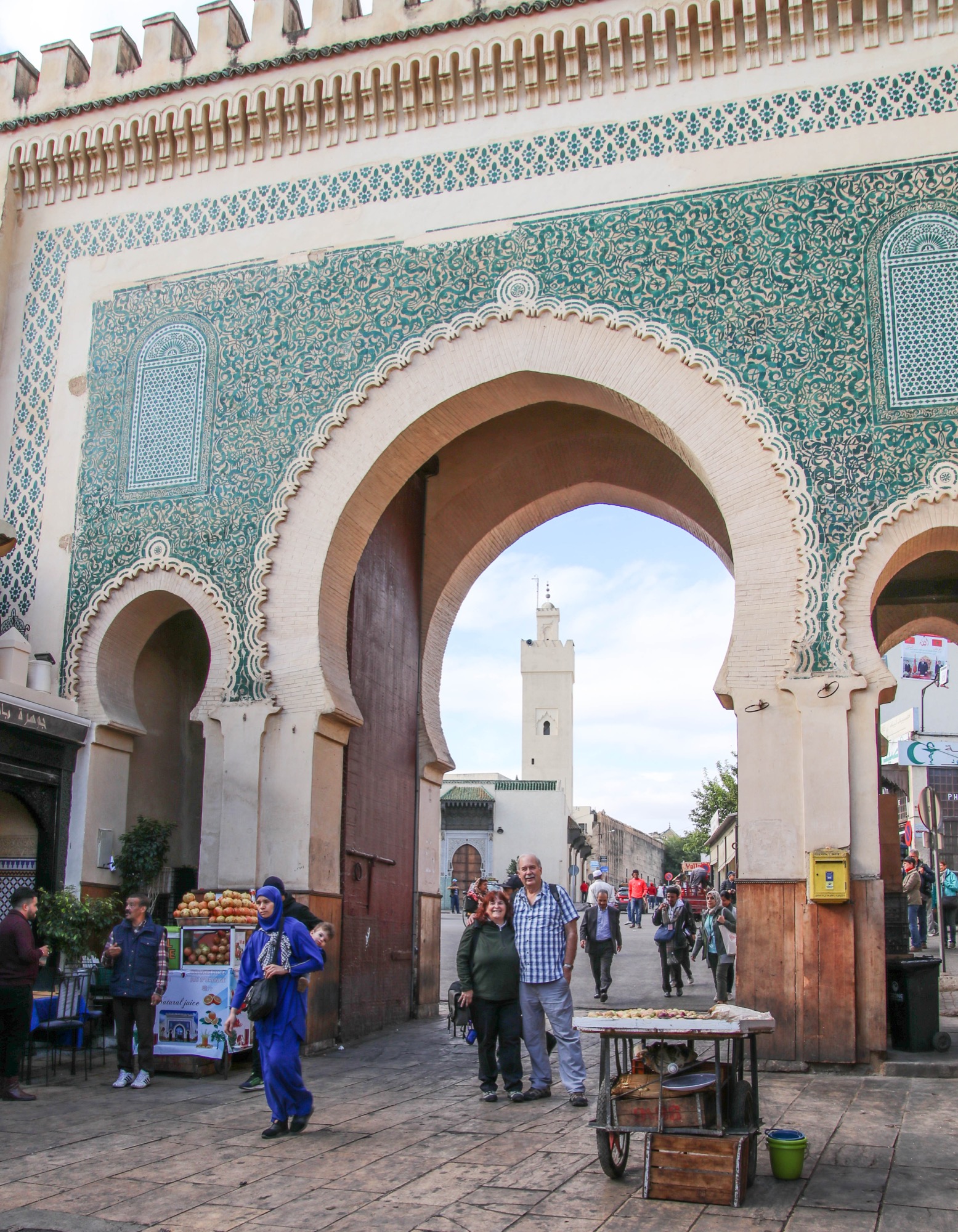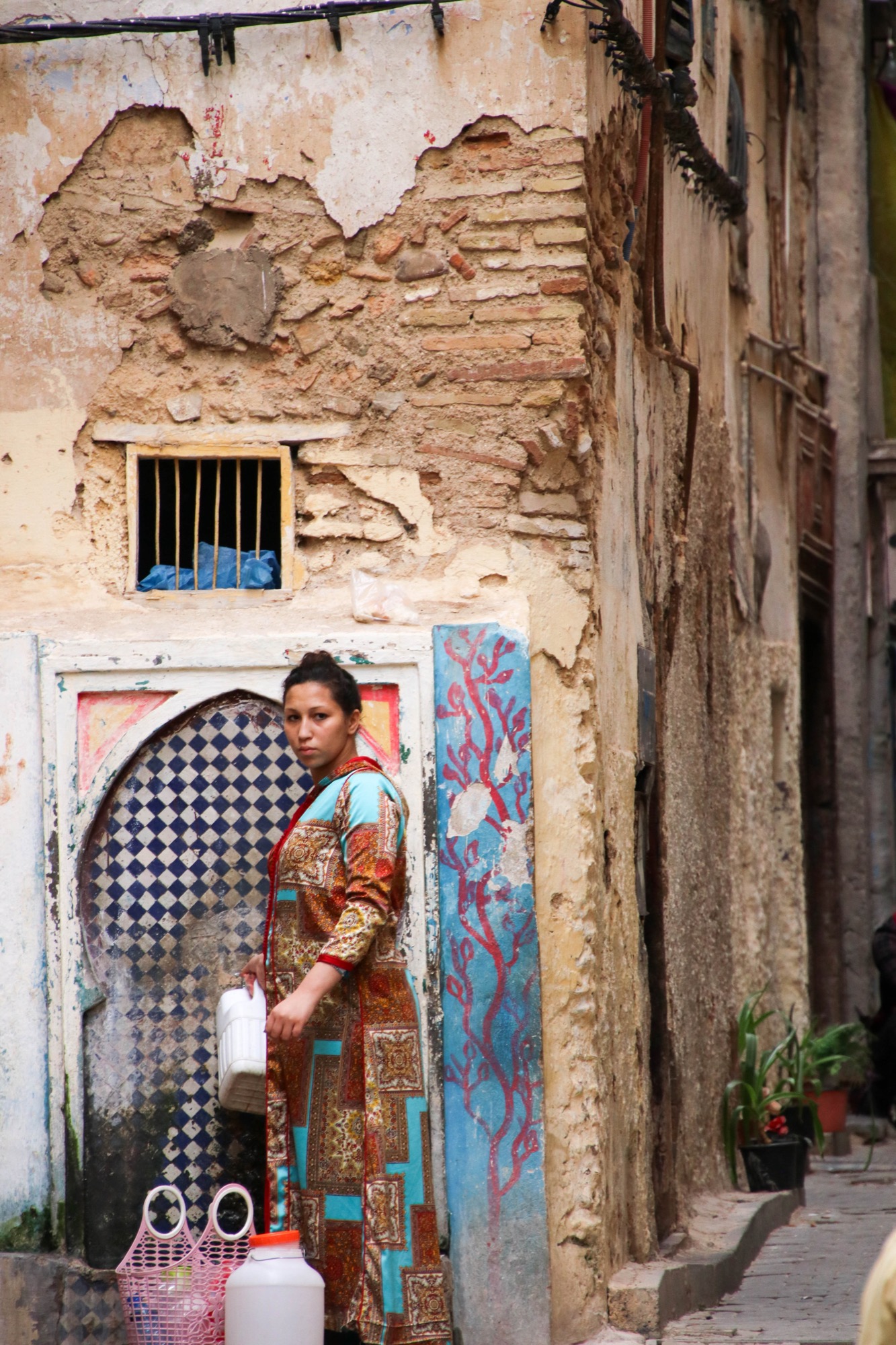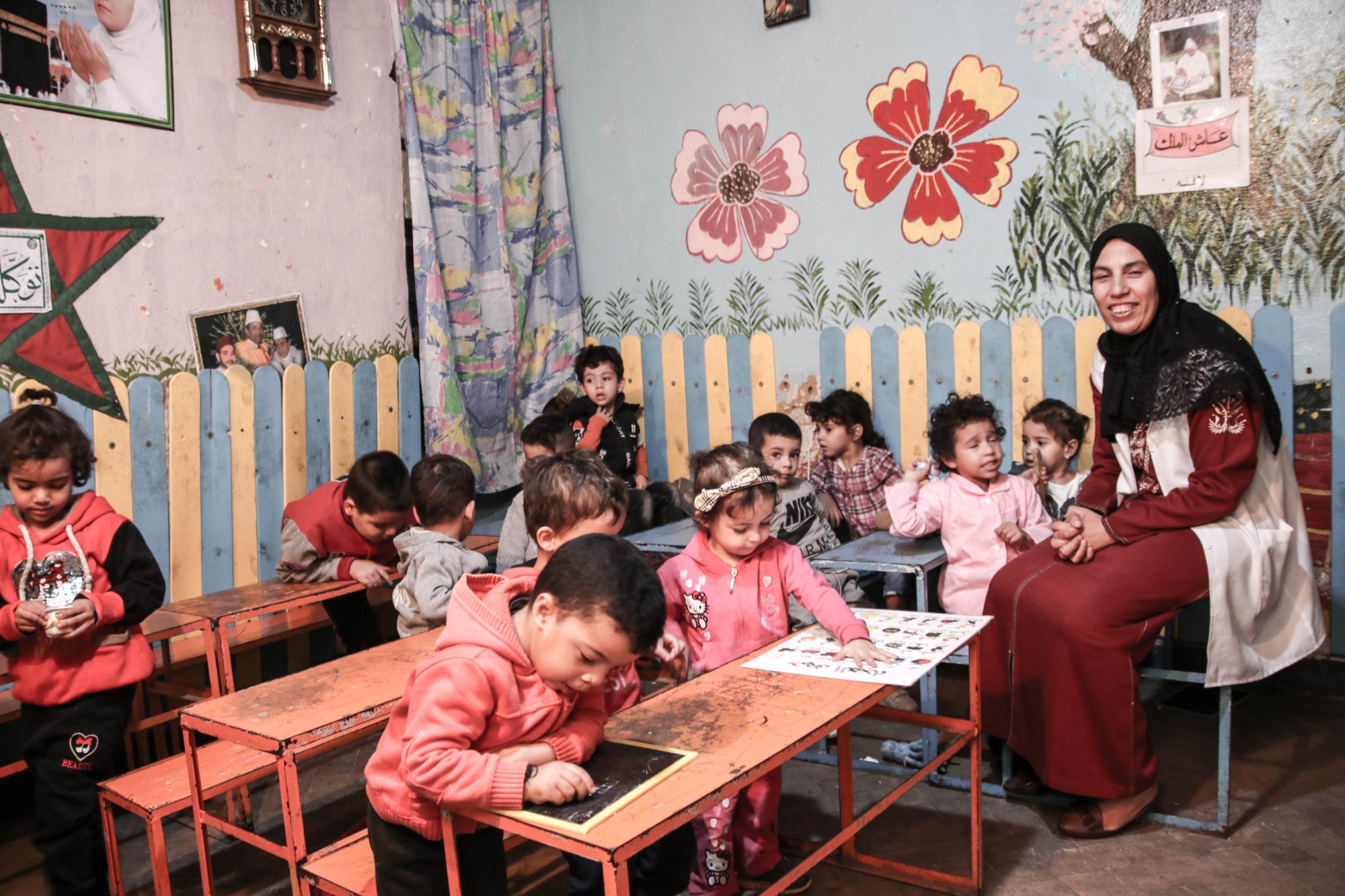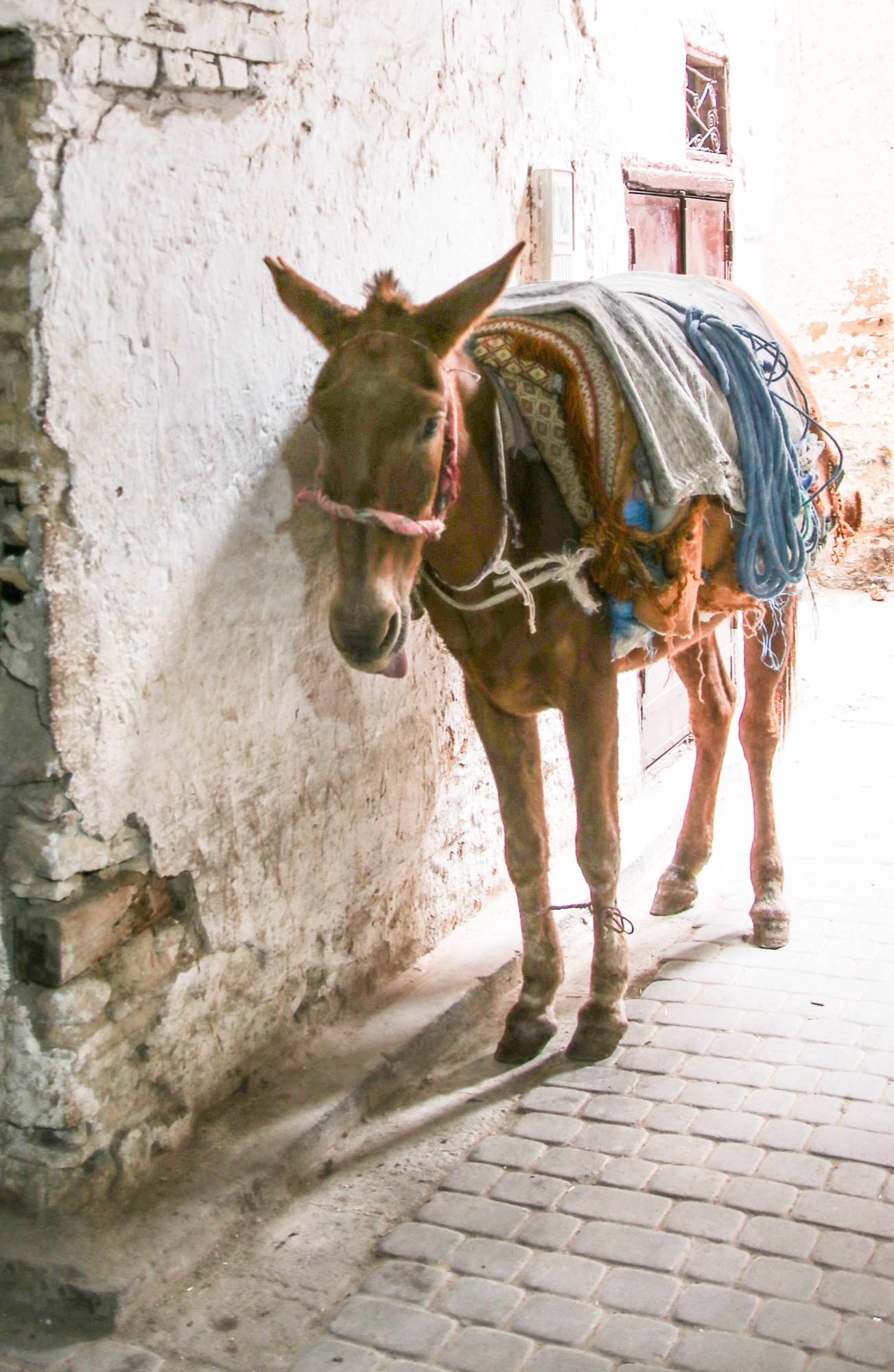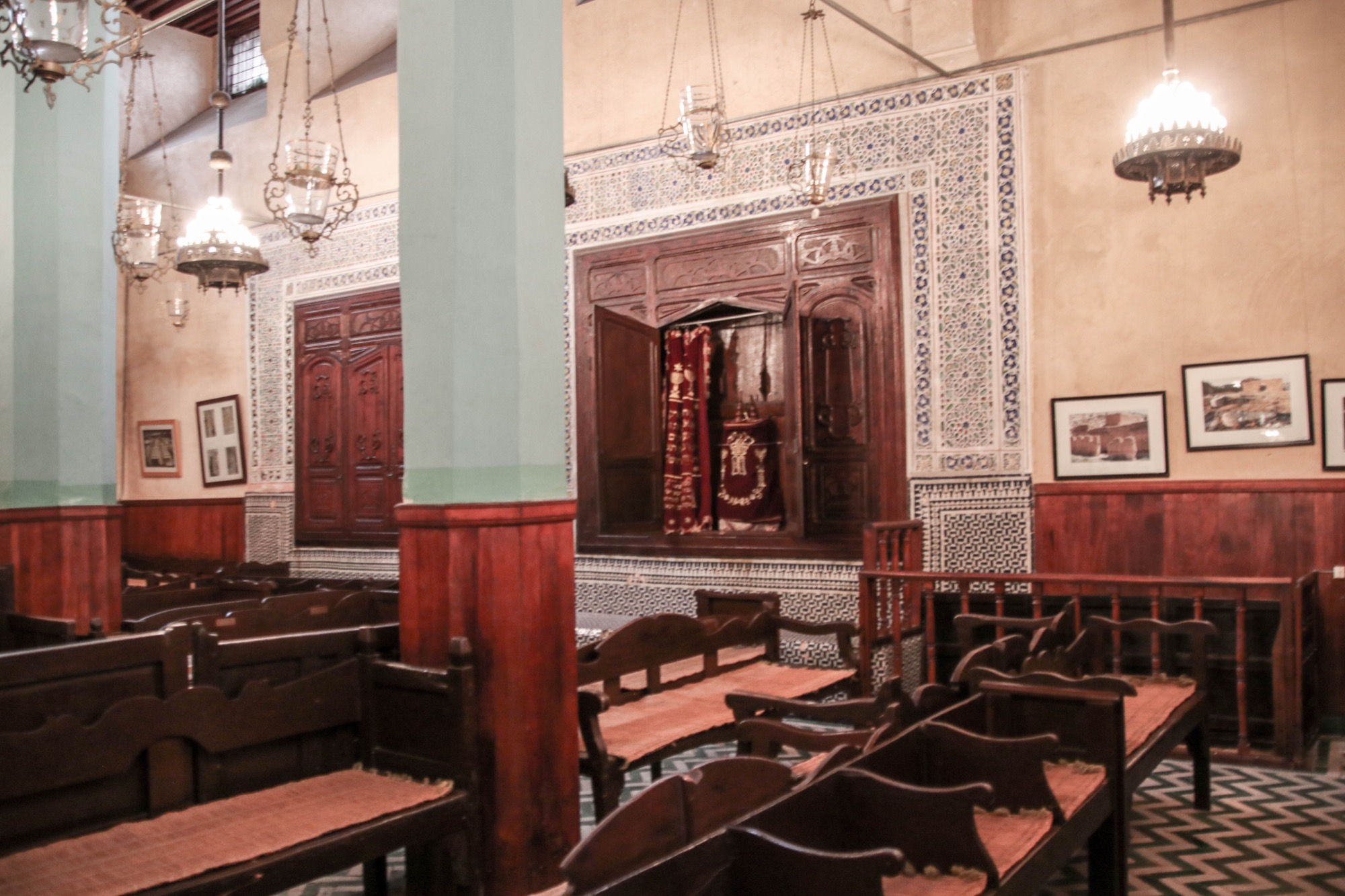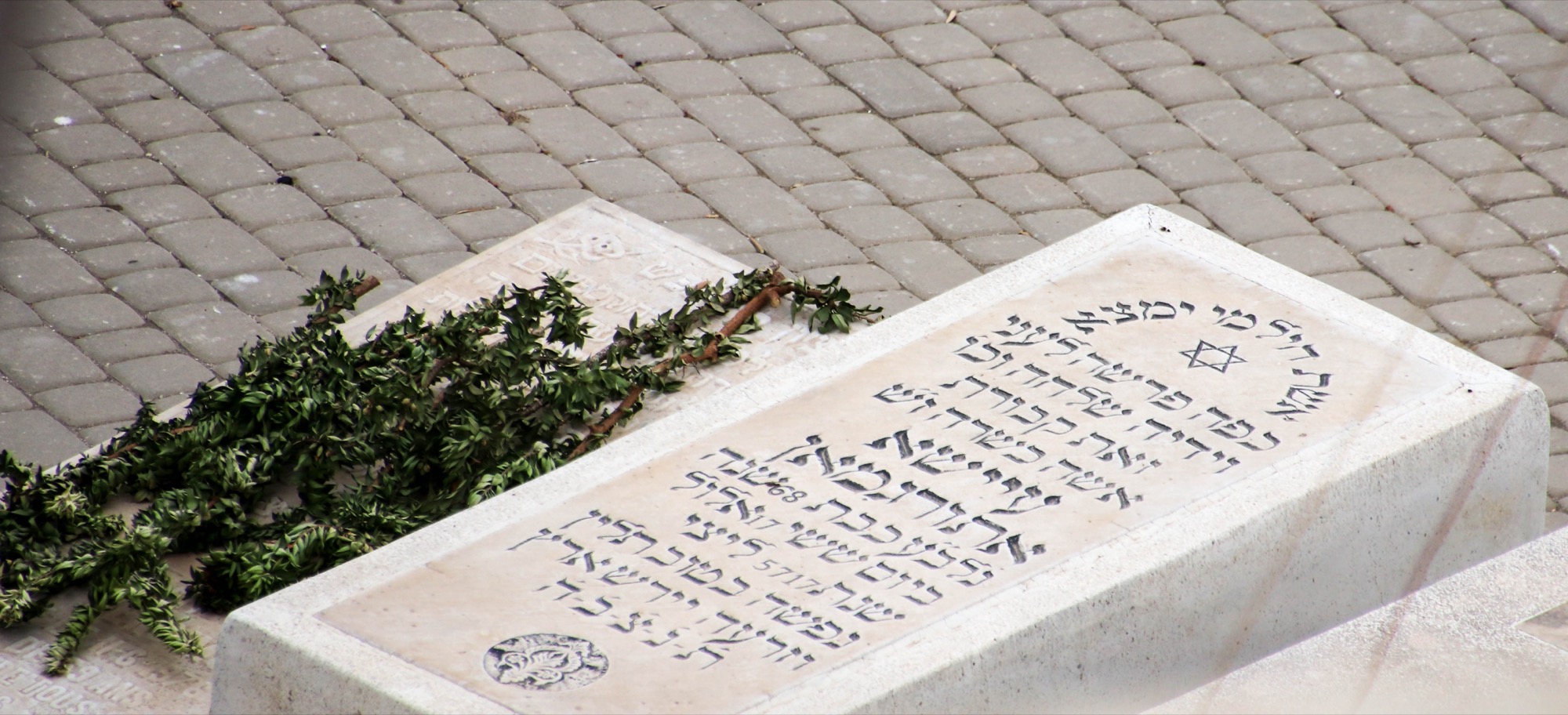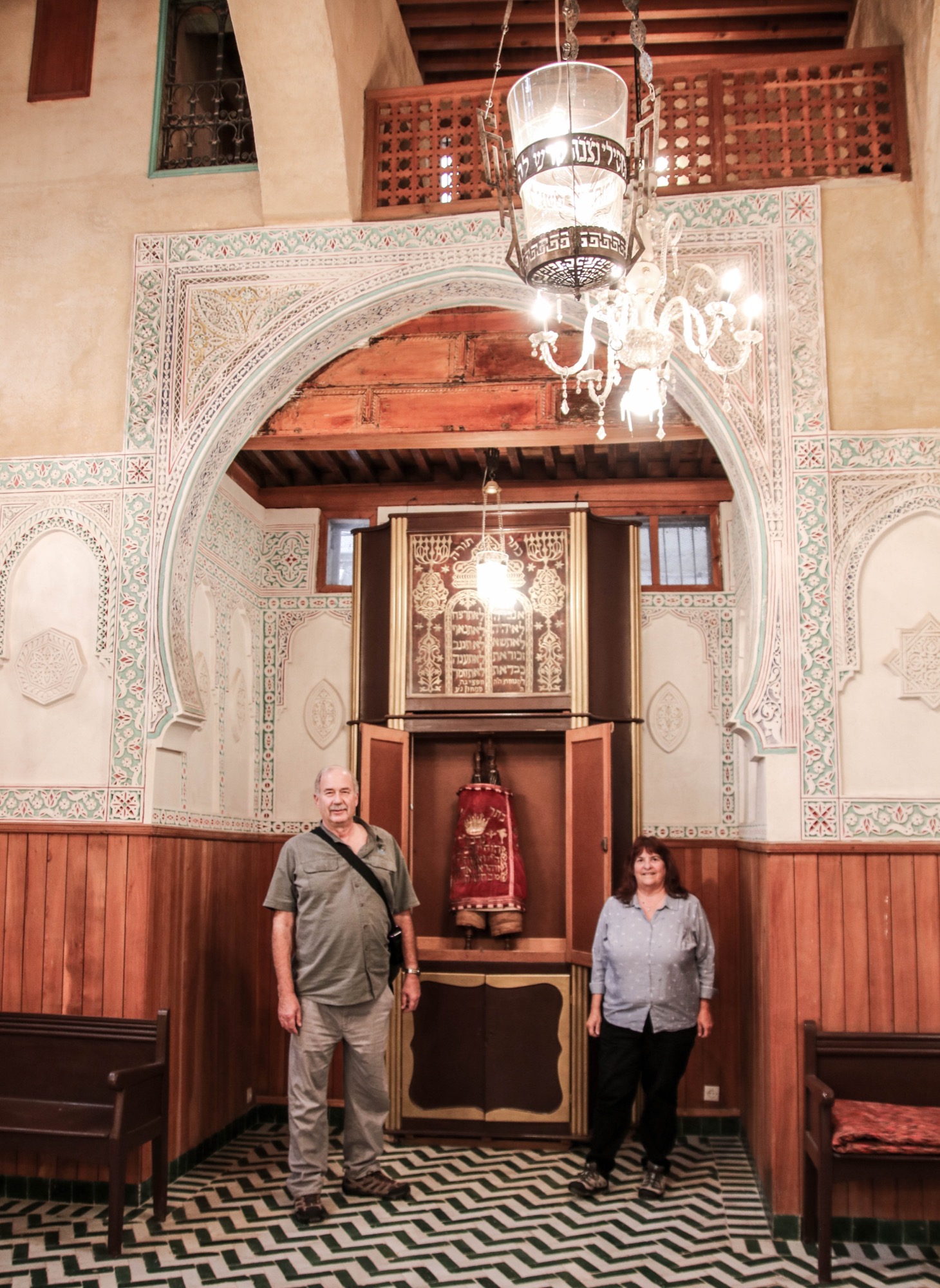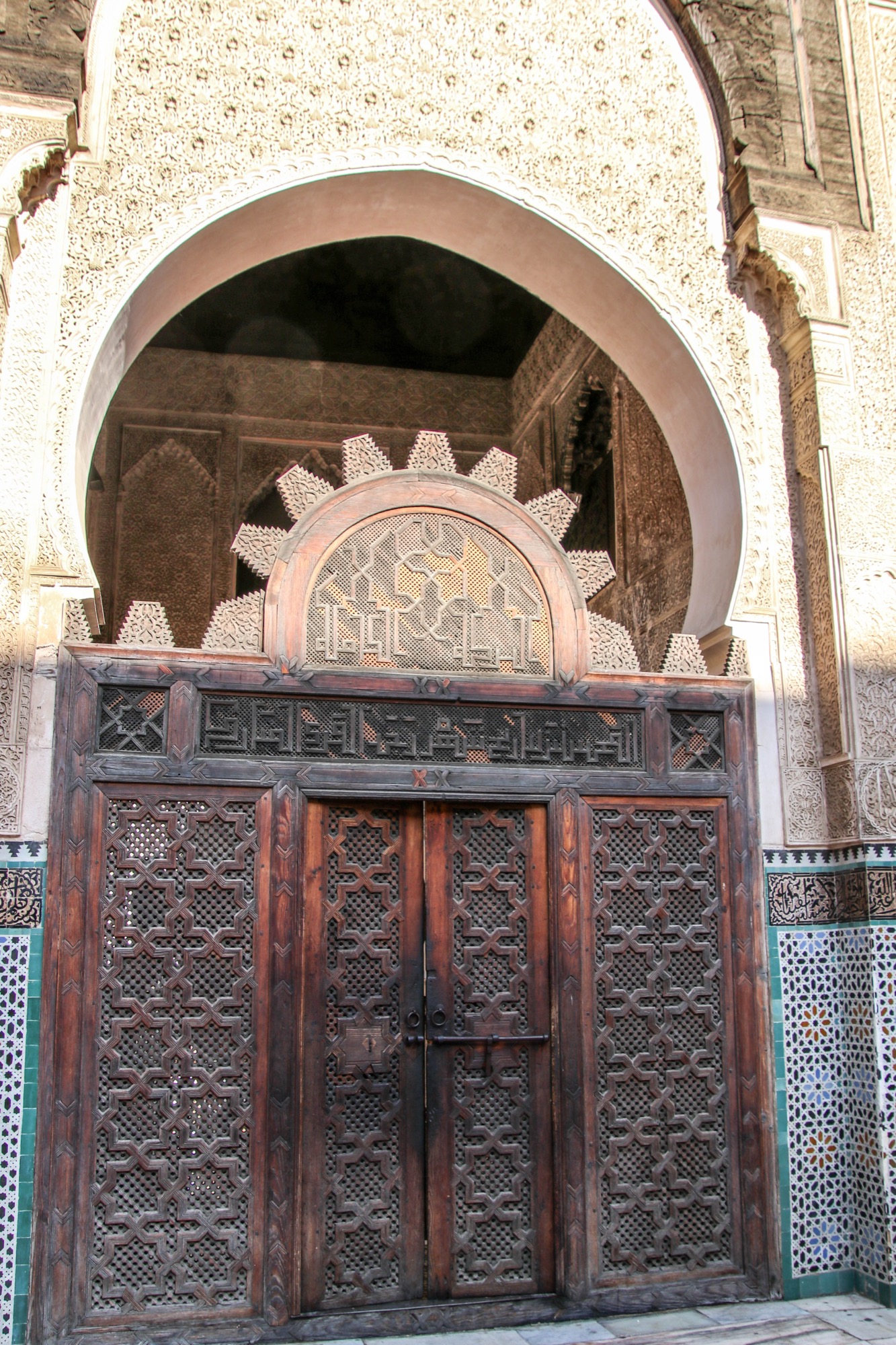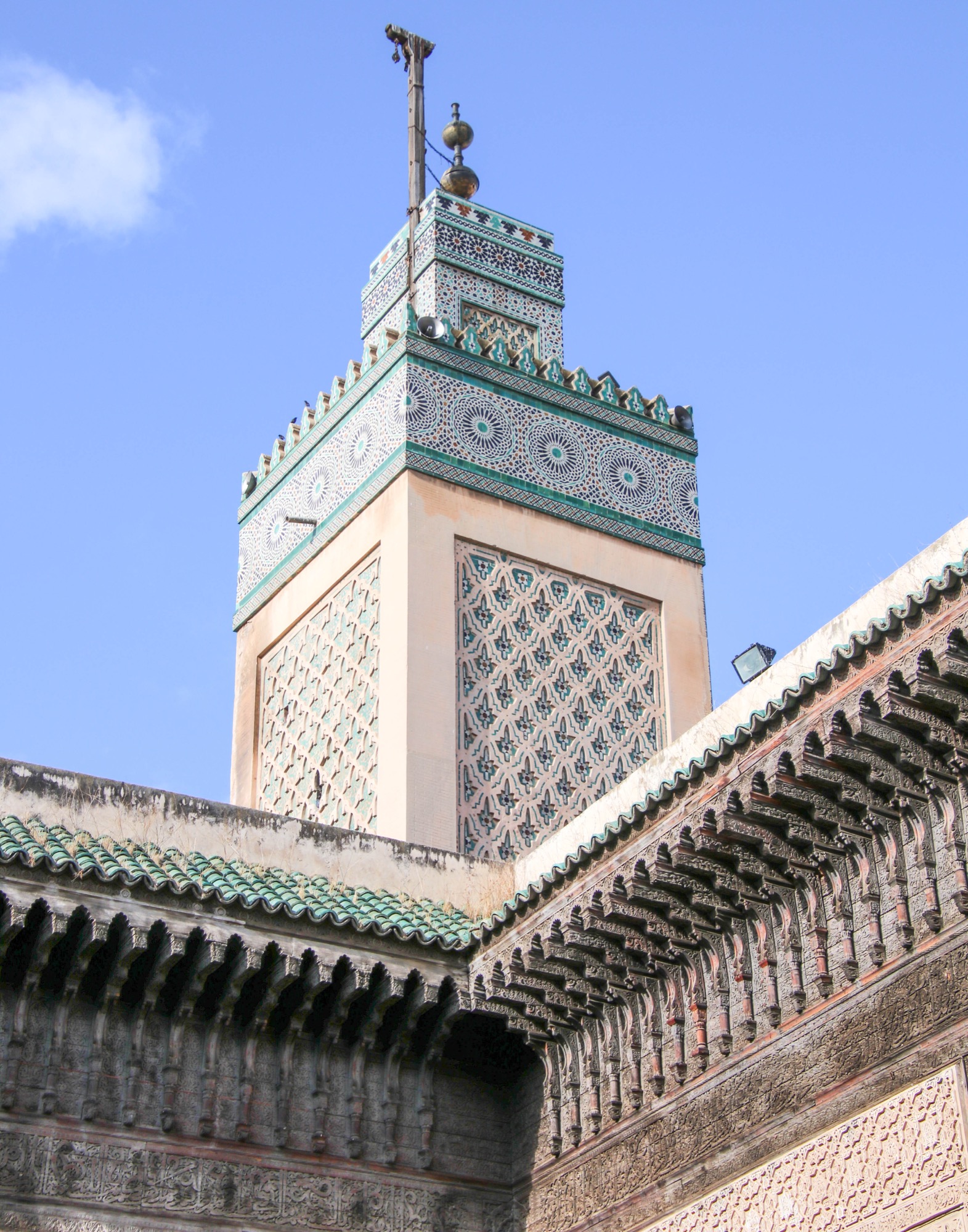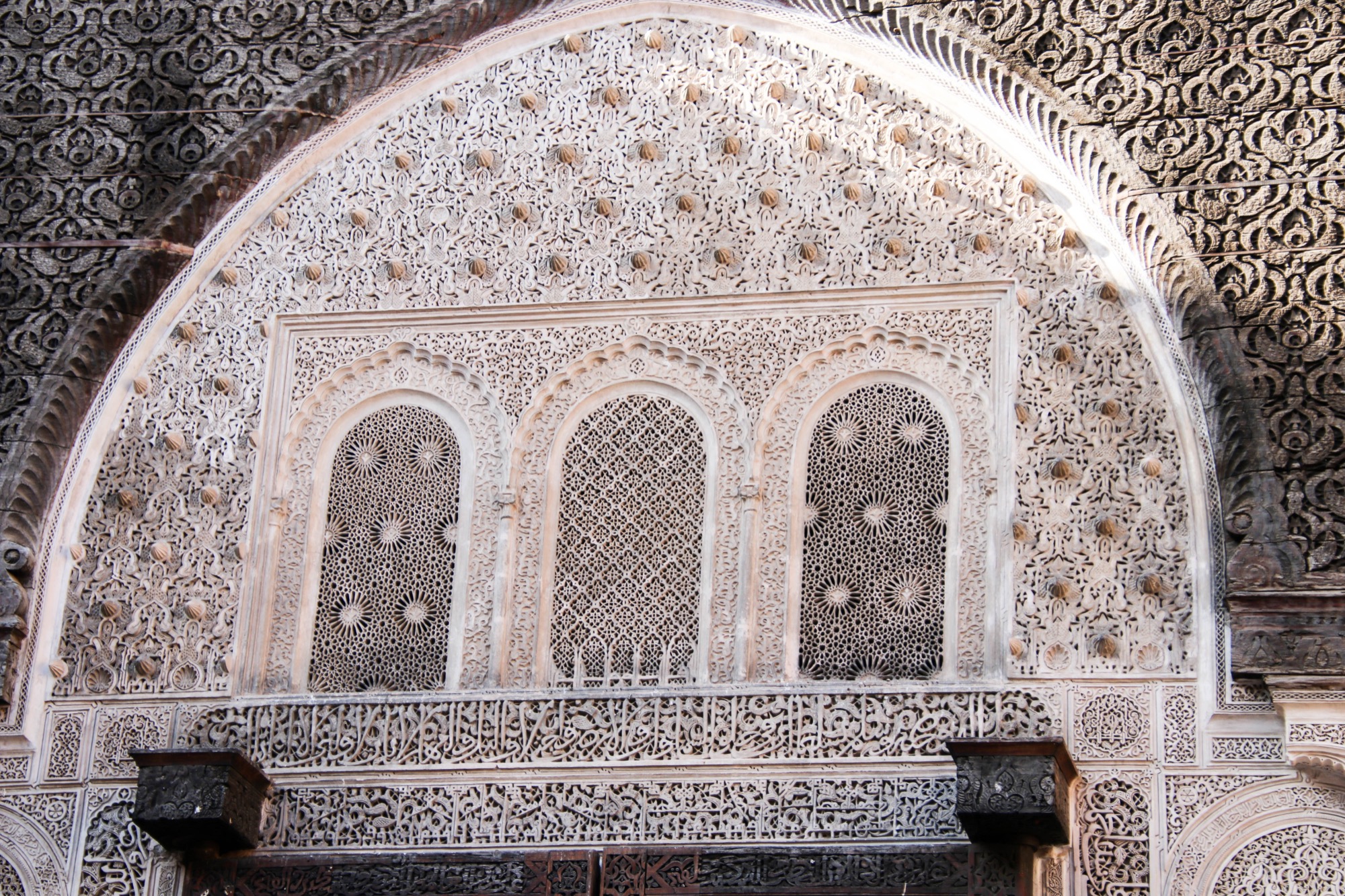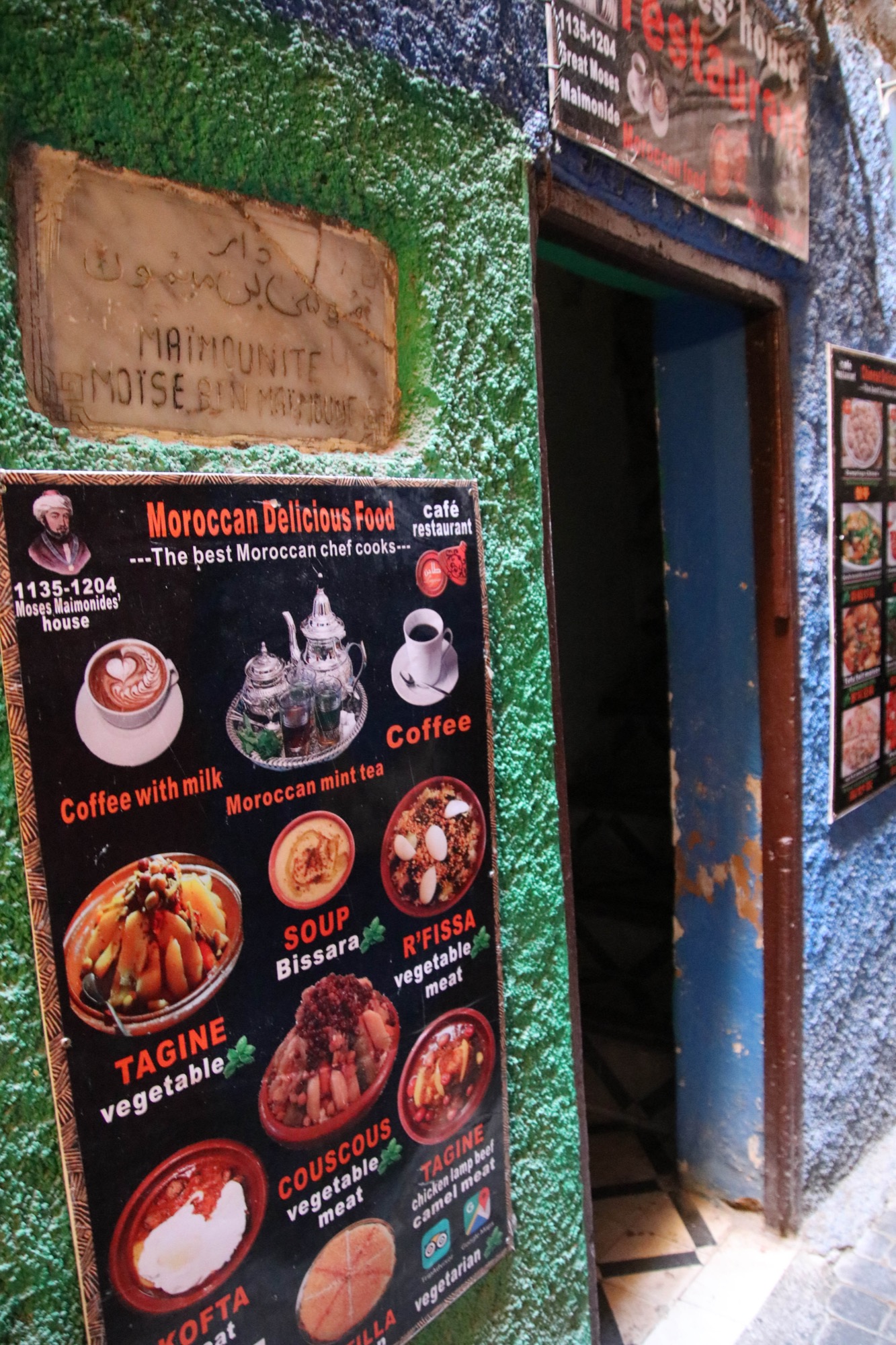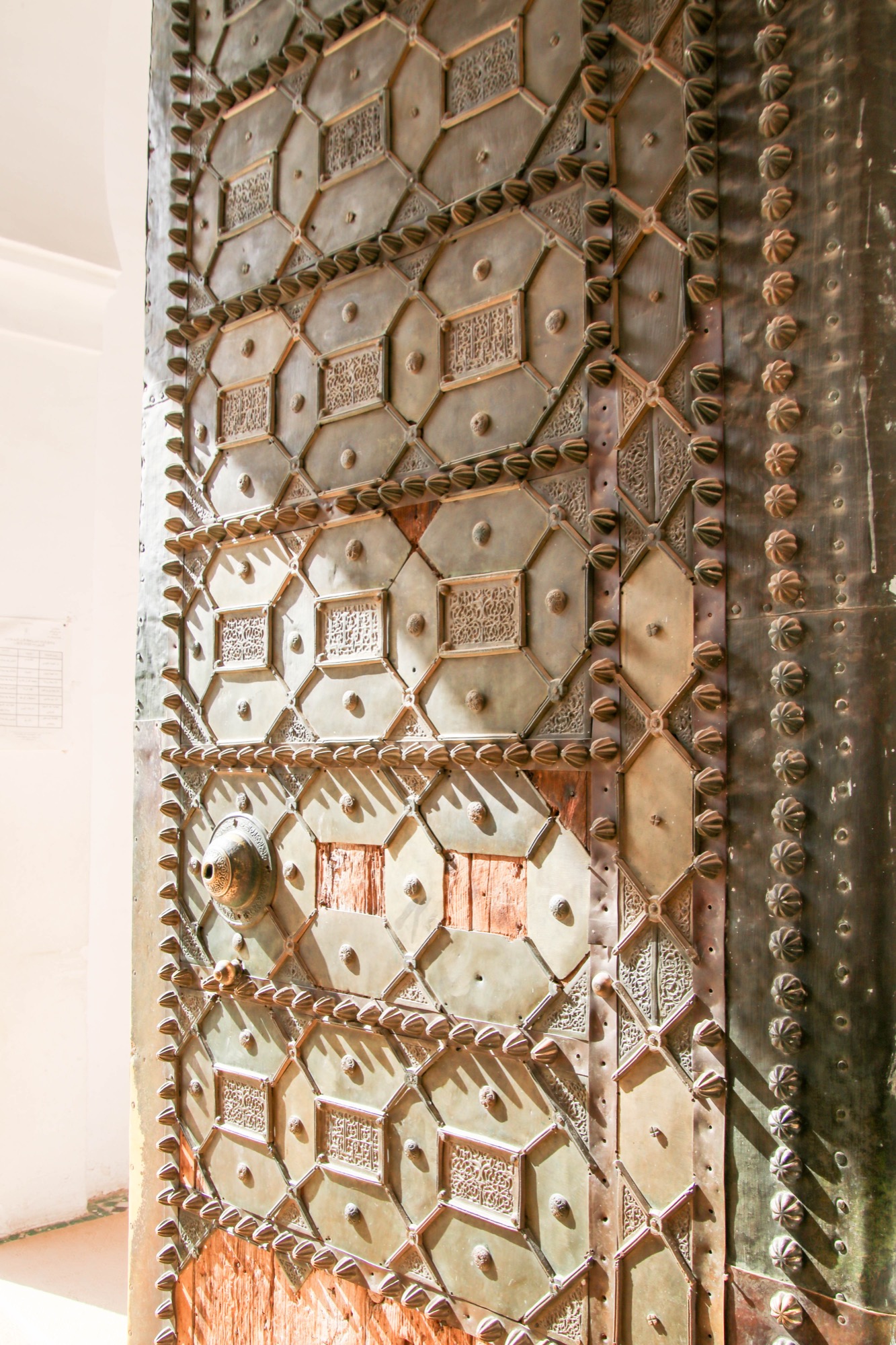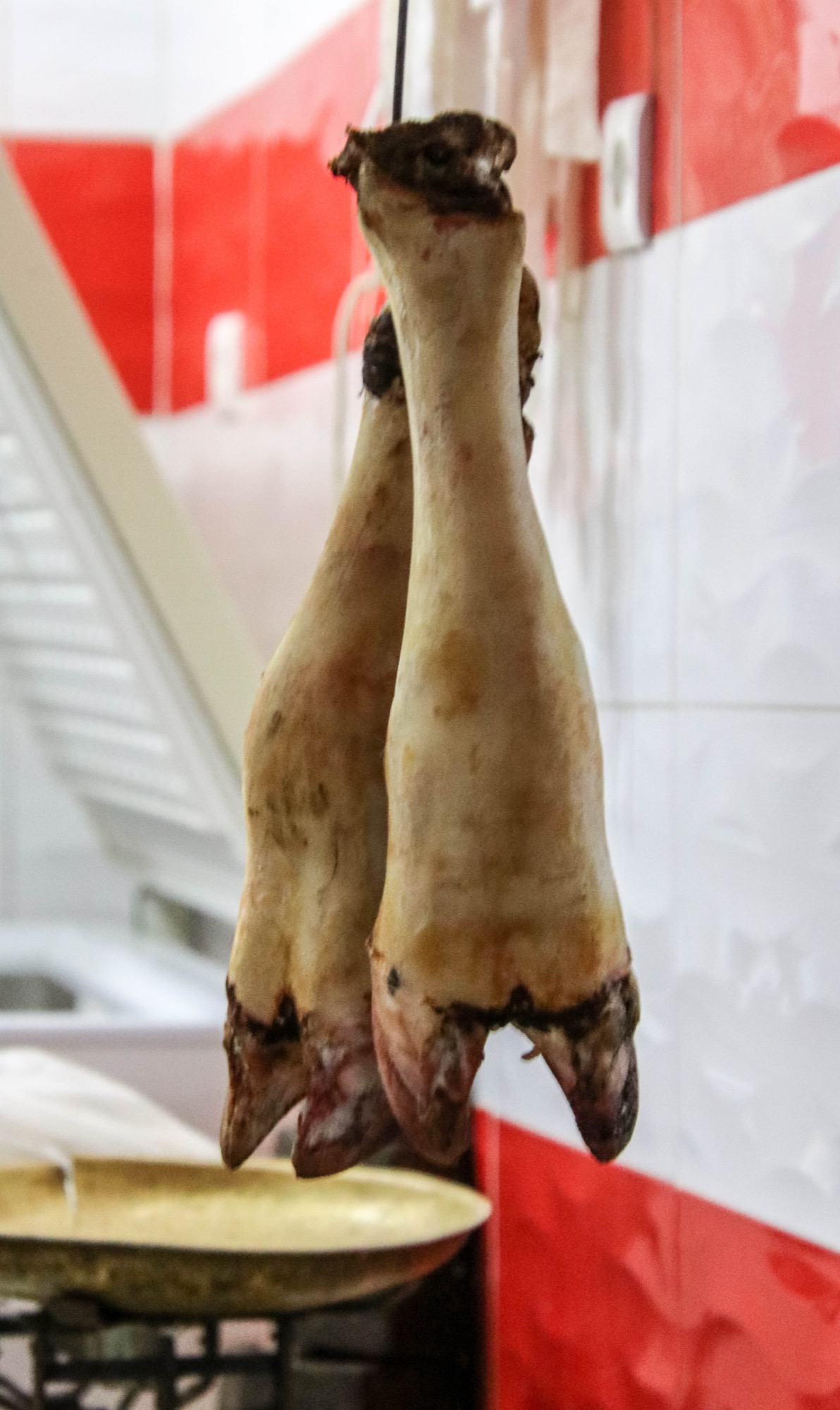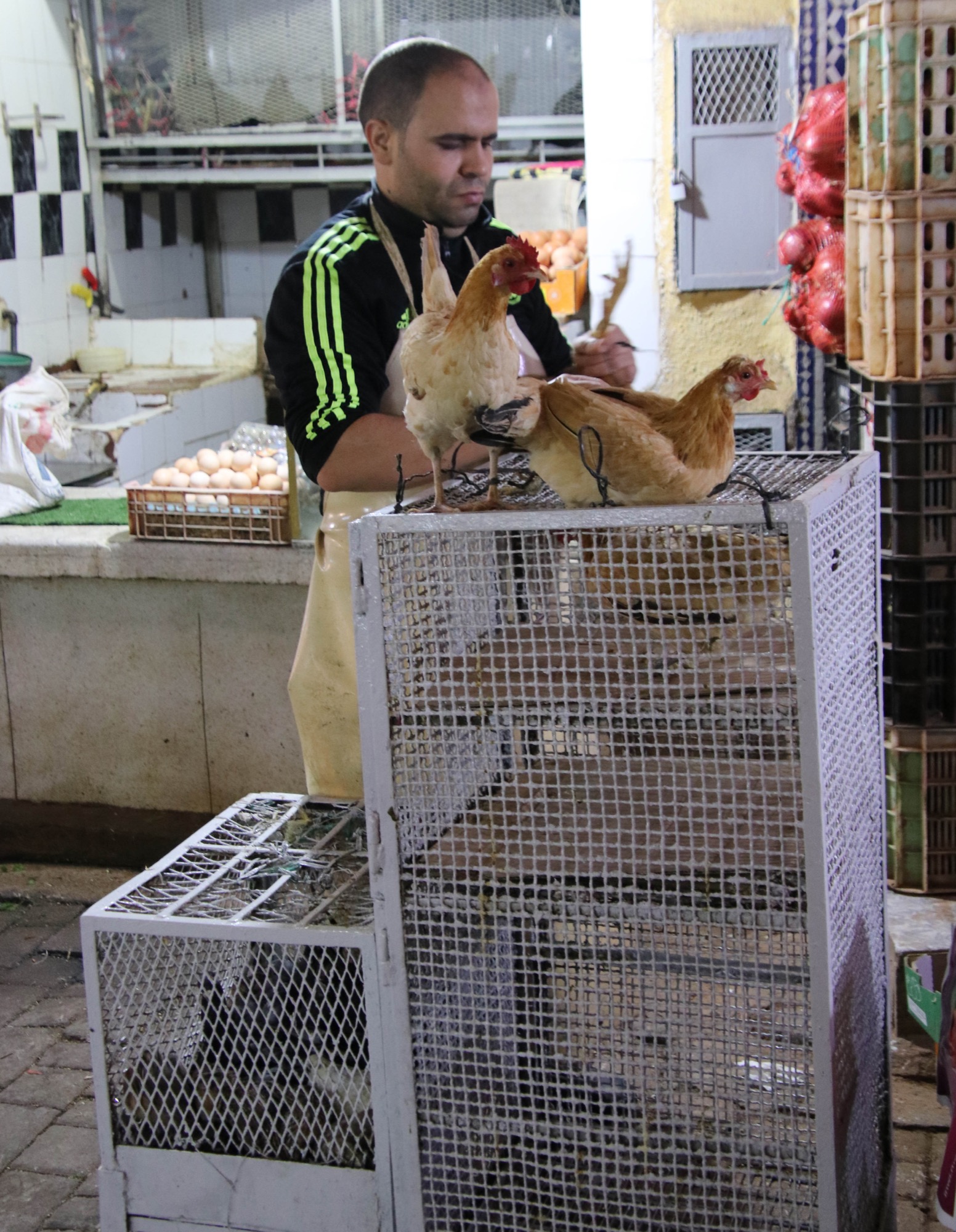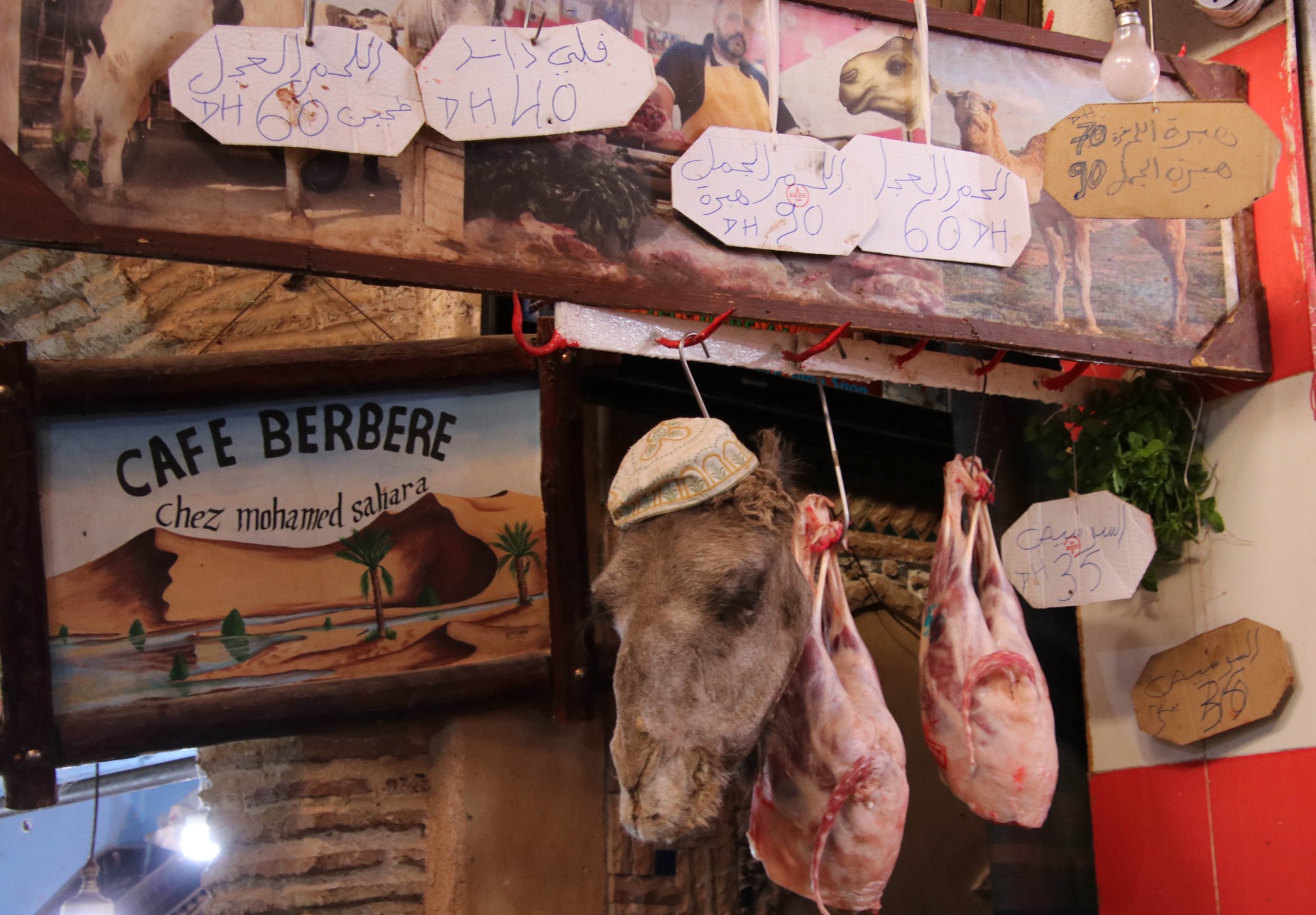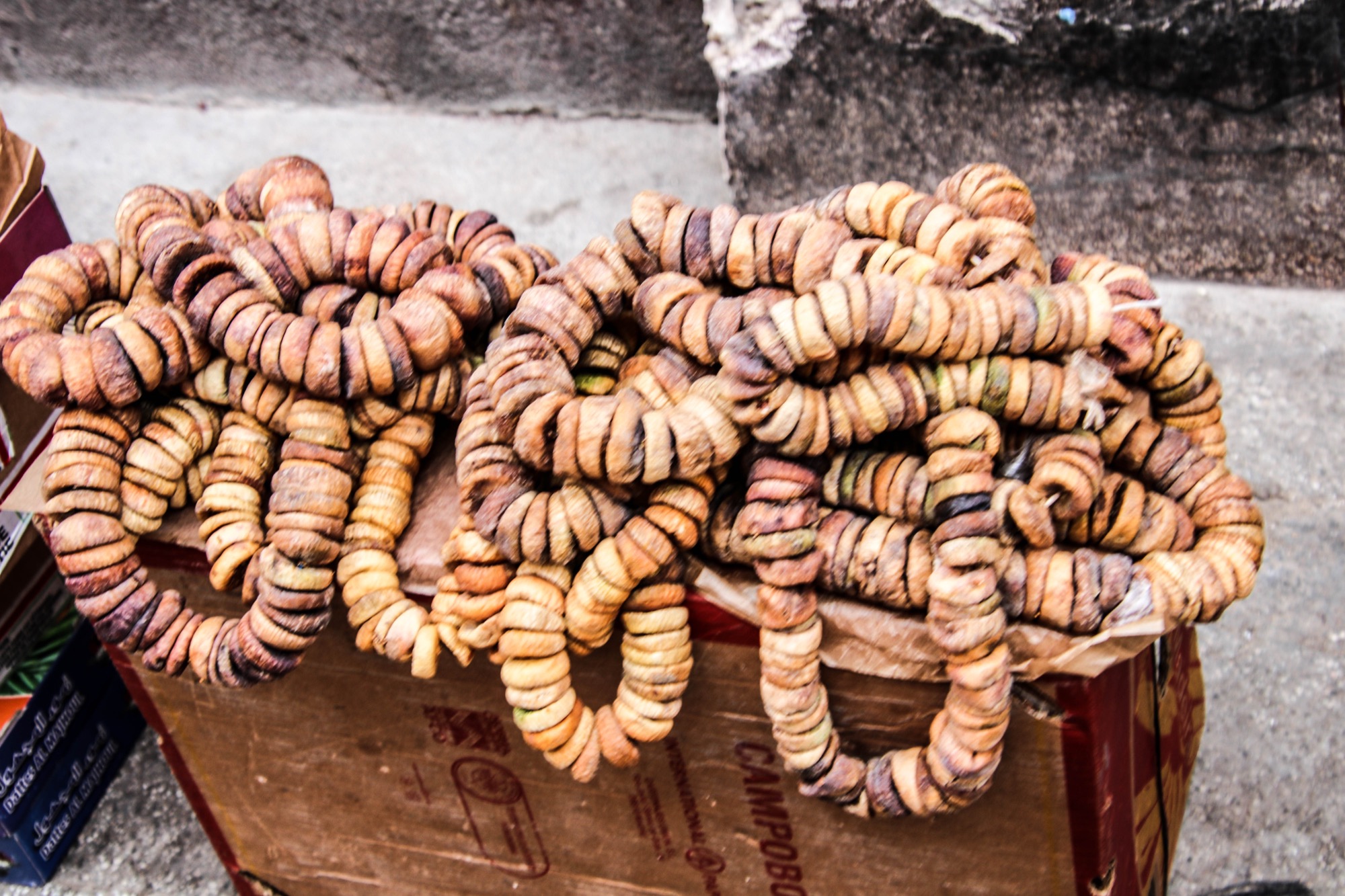Fez
Fez, which is the second largest city of Morocco, was the capital of Morocco until 1912. While it is no longer the political center of Morocco, it is still considered by many to be the cultural and spiritual center.
As we entered the city, we saw the large ornate gates to the Royal Palace made of brass, elaborately carved wood, and beautiful zellige tilework. The palace, which is still used by the royal family, is not open to the public.
A city view from a nearby hilltop provides an insight into how densely populated the medina is and offers a glimpse of the city walls that surround the old town.
